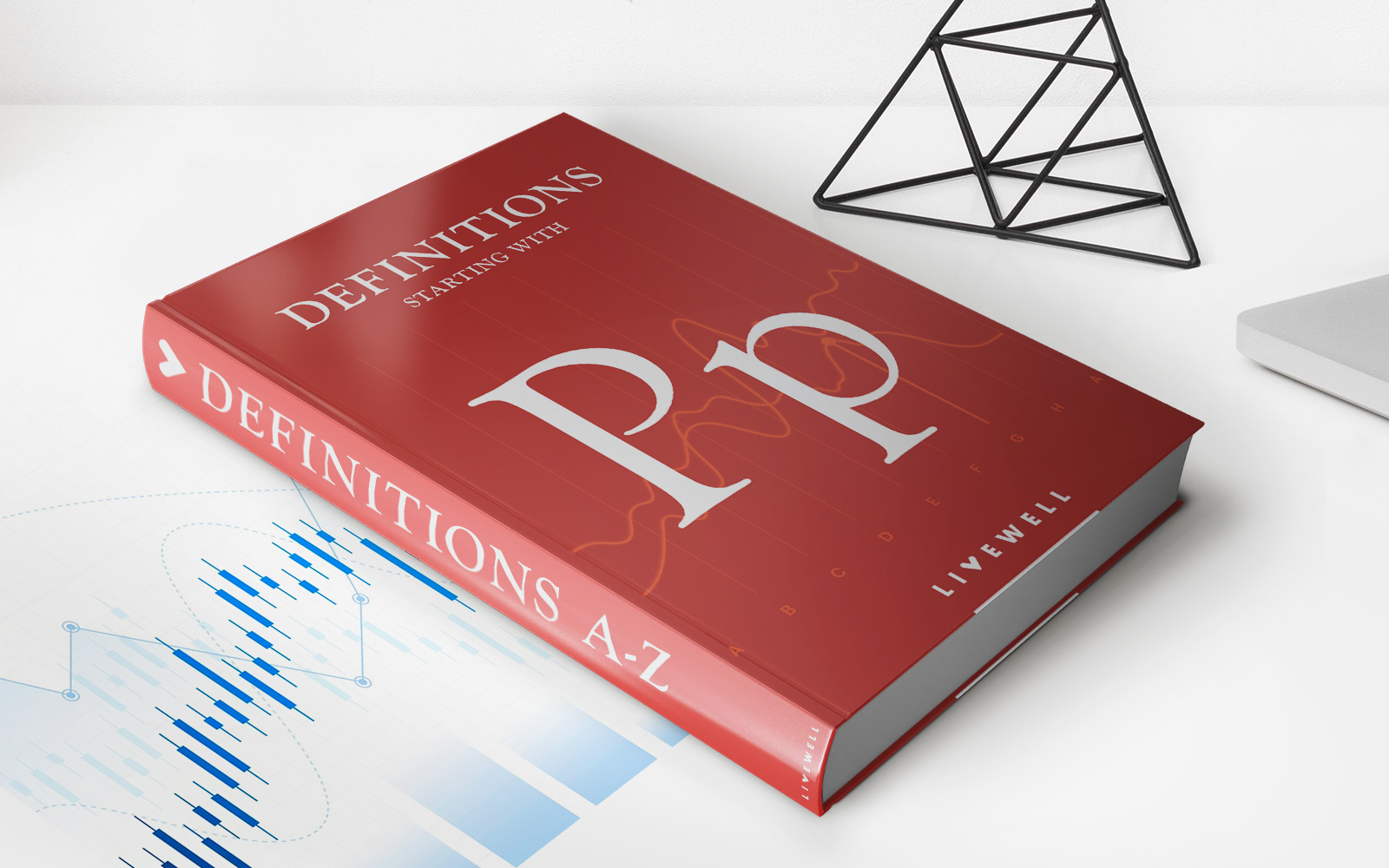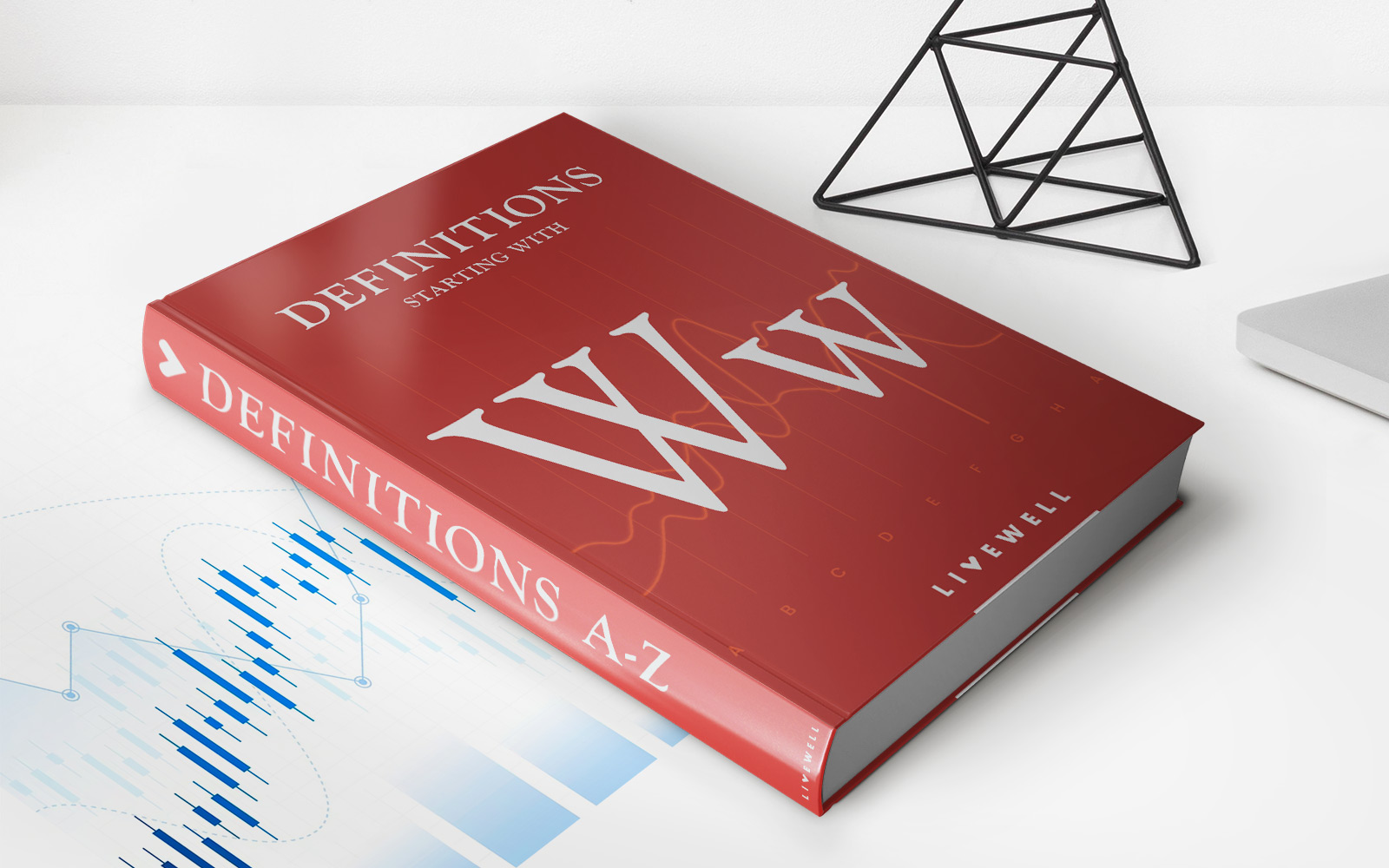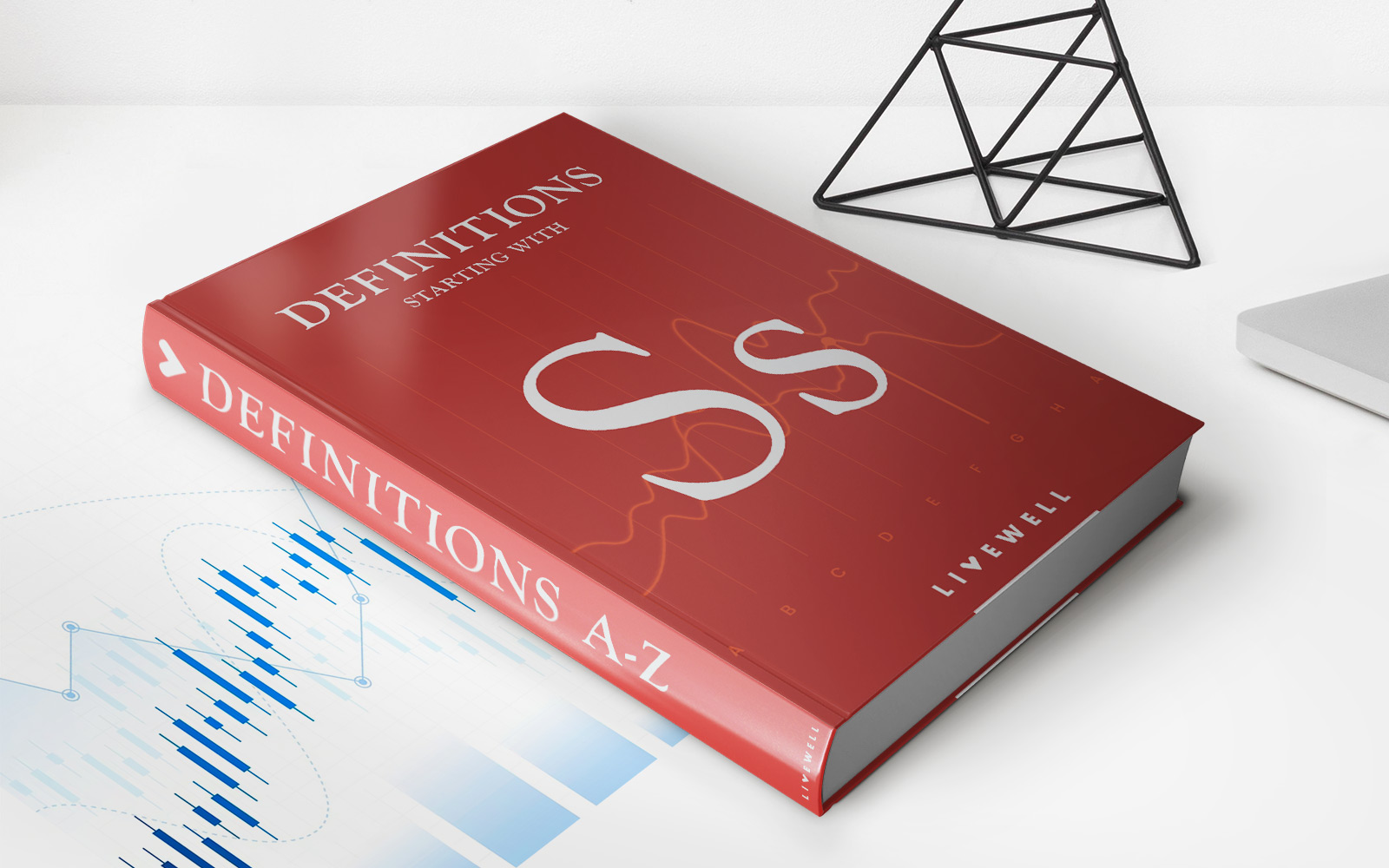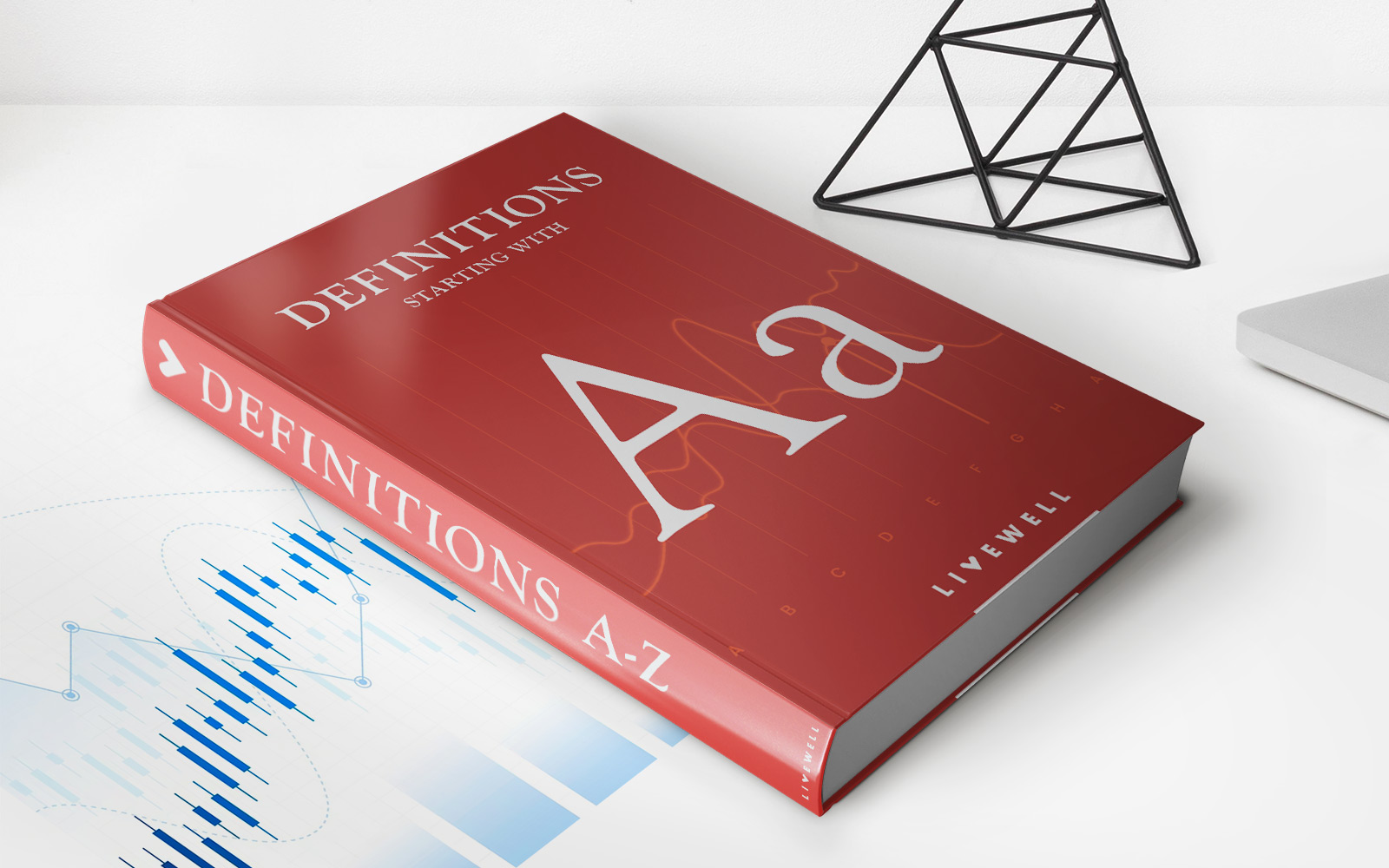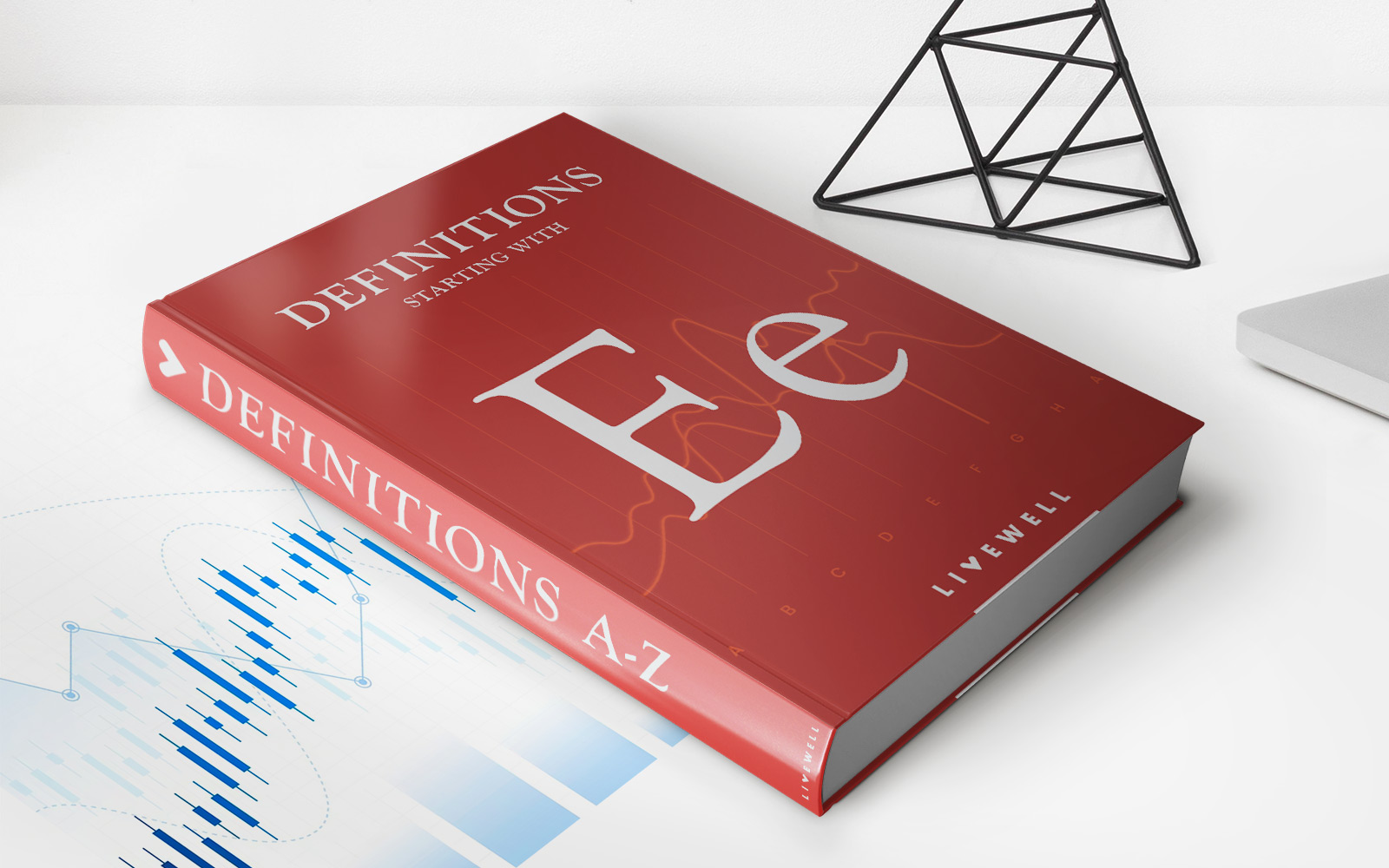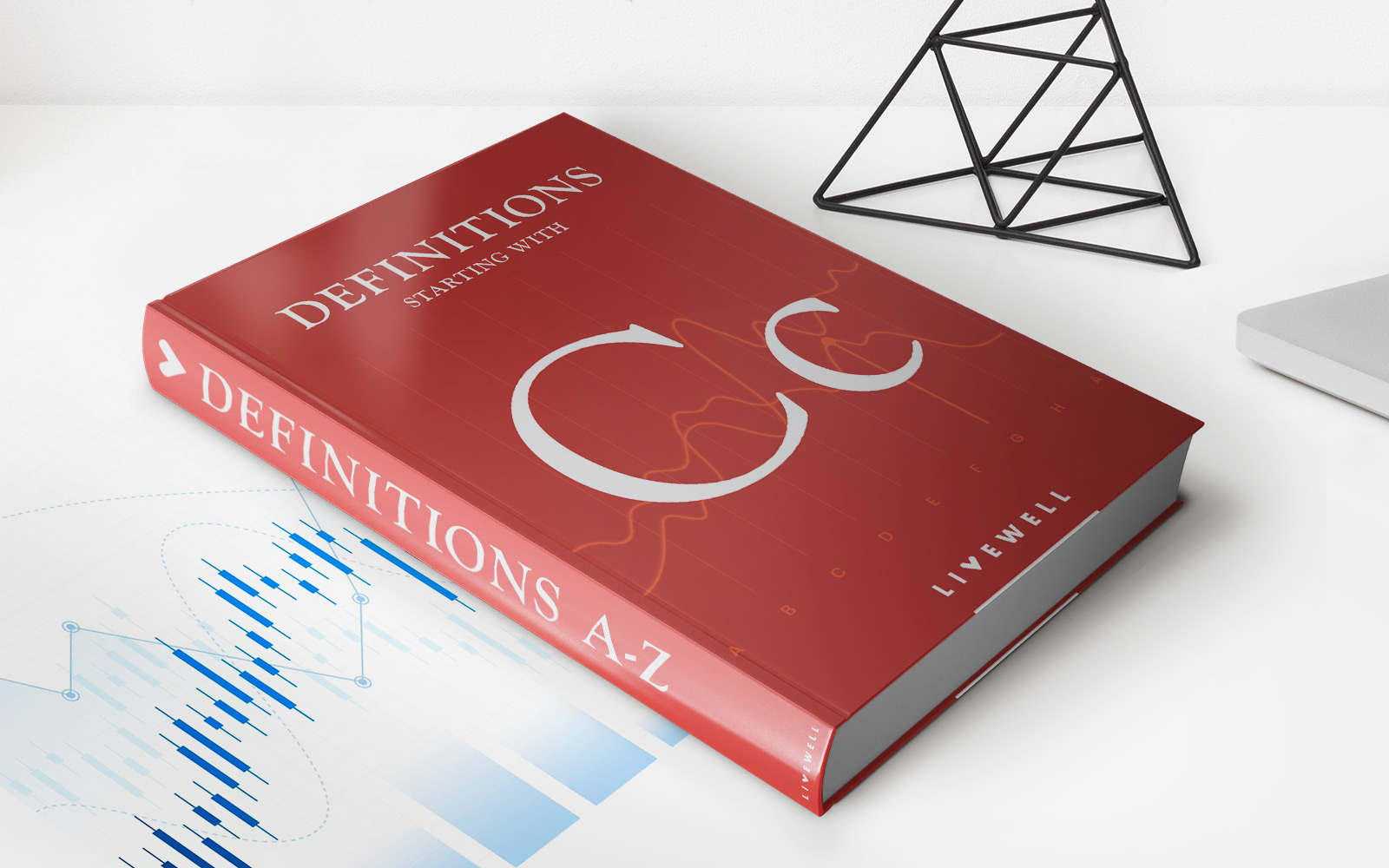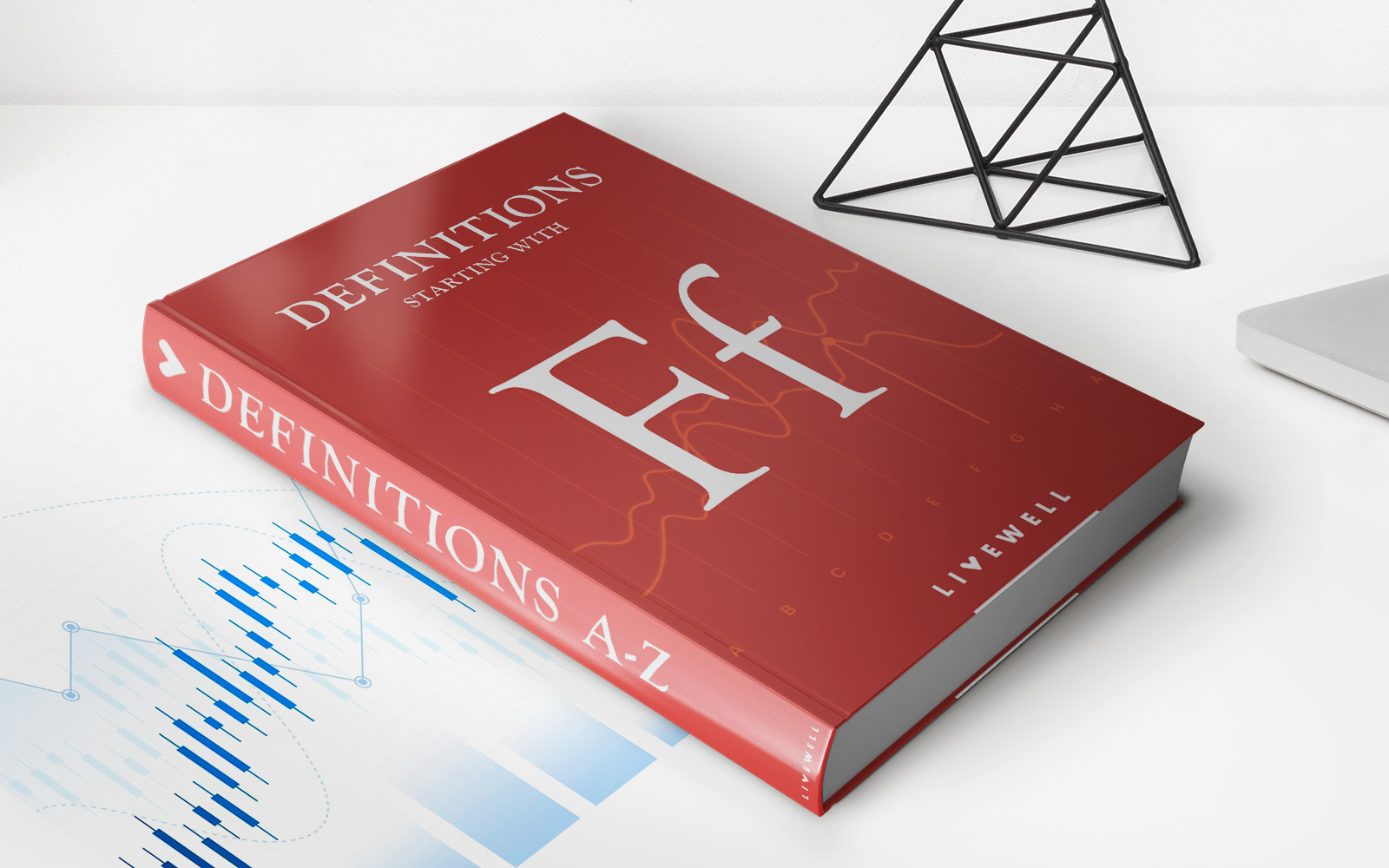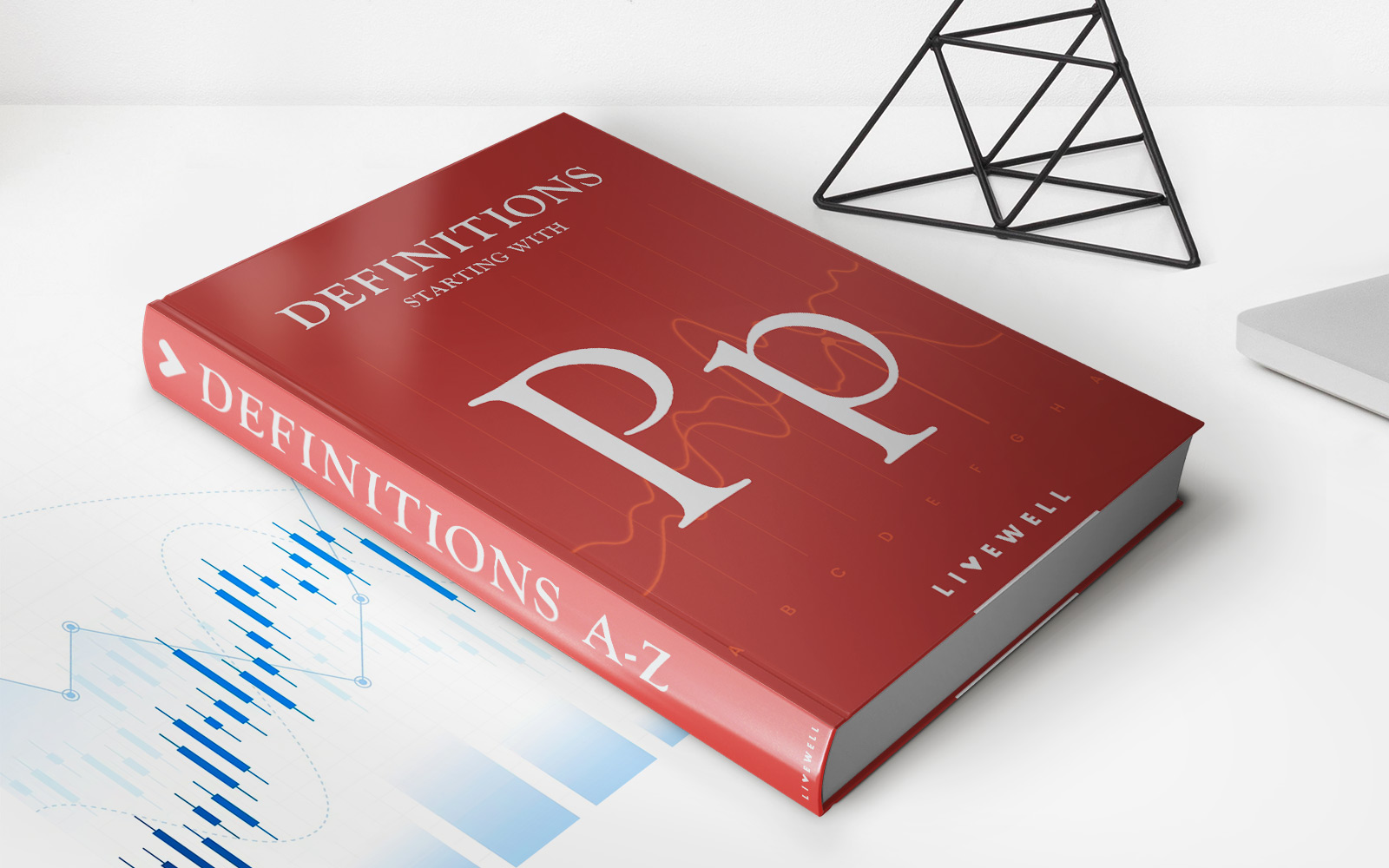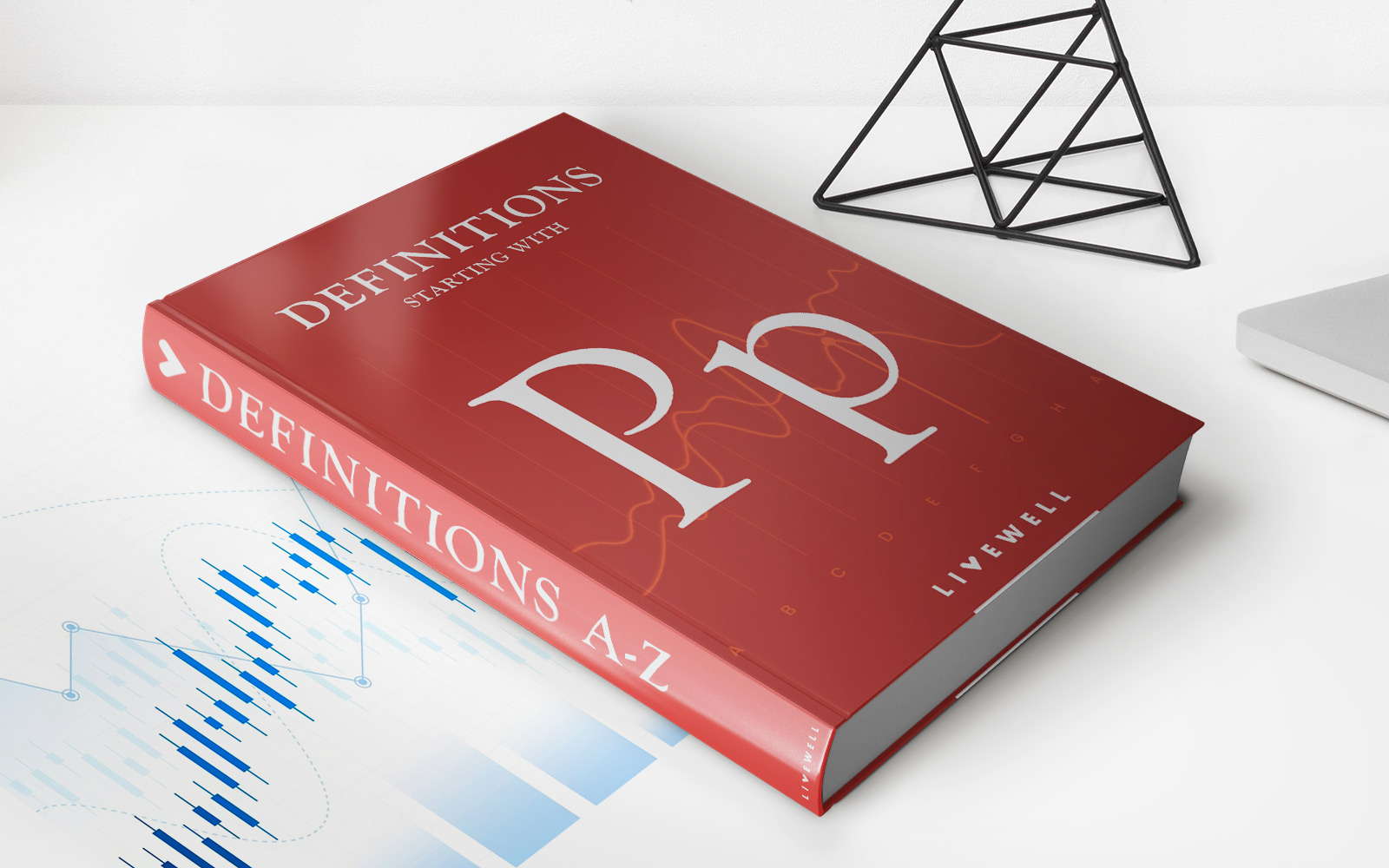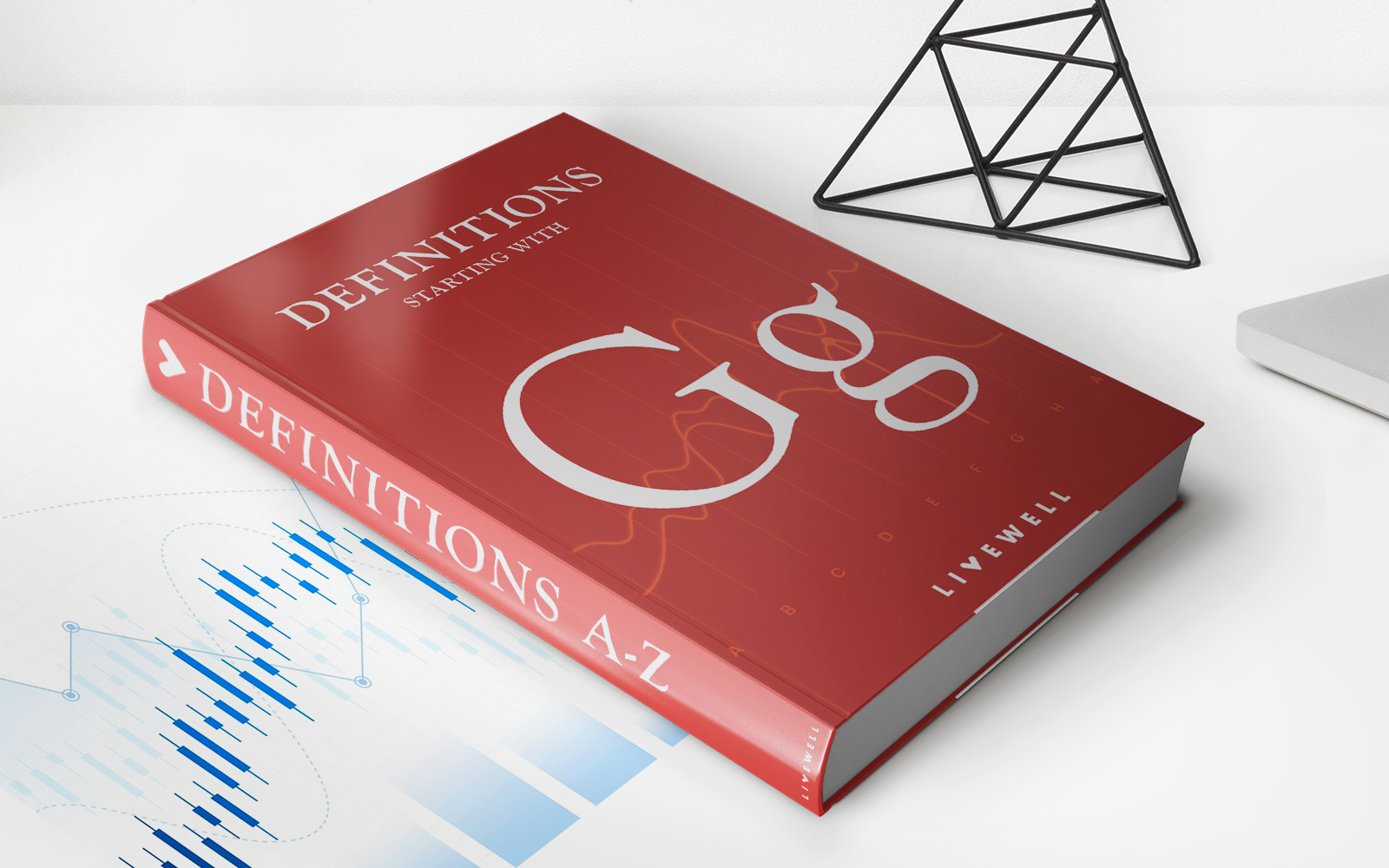Home>Finance>Inflation Swap: Definition, How It Works, Benefits, Example
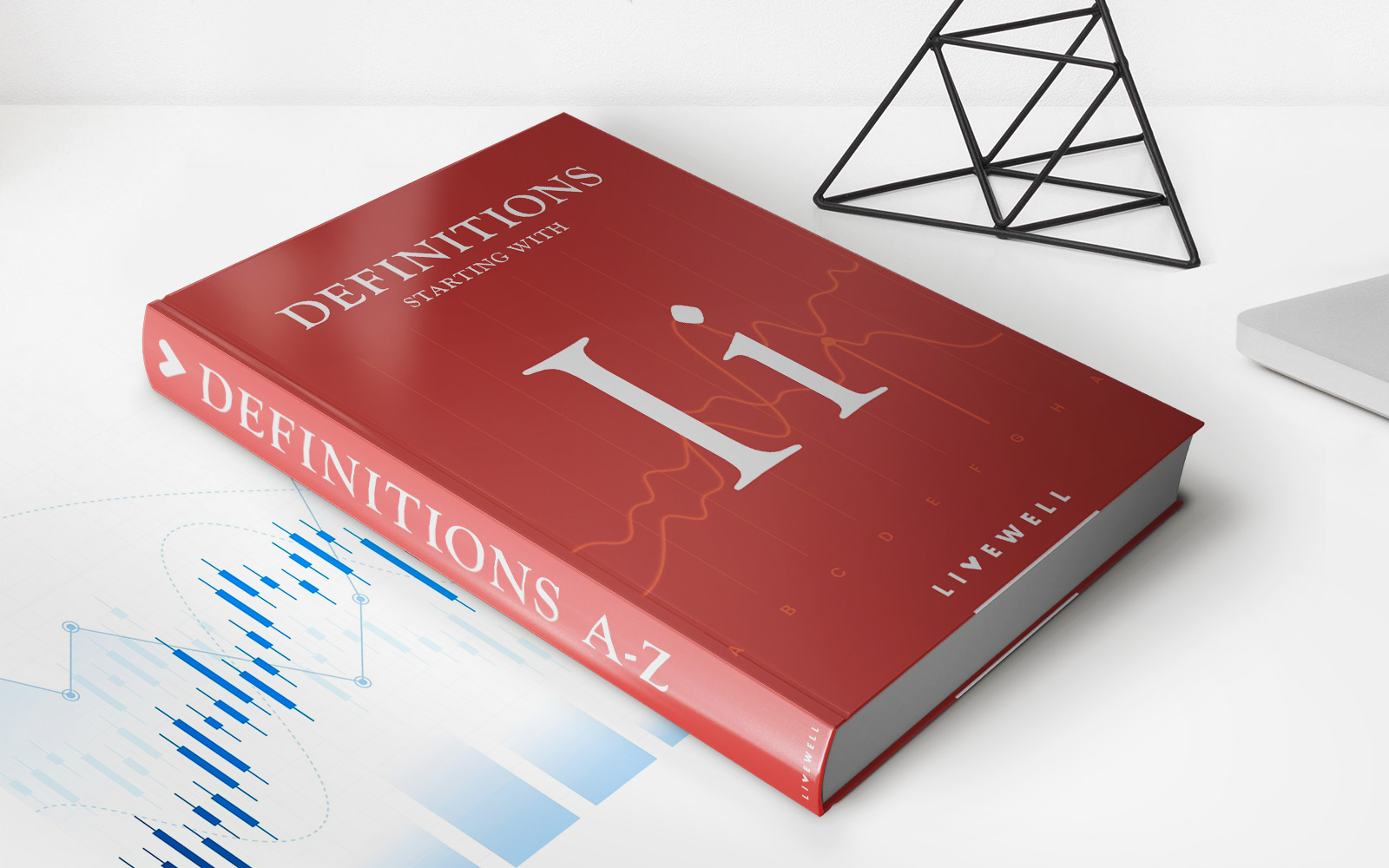

Finance
Inflation Swap: Definition, How It Works, Benefits, Example
Published: December 9, 2023
Learn about inflation swaps in finance and discover how they work, their benefits, and get an example to understand them better.
(Many of the links in this article redirect to a specific reviewed product. Your purchase of these products through affiliate links helps to generate commission for LiveWell, at no extra cost. Learn more)
What is an Inflation Swap?
Are you familiar with the term “inflation swap”? If not, you’ve come to the right place. In this article, we’ll explore what an inflation swap is, how it works, its benefits, and provide an example to help you better understand this financial concept.
Key Takeaways:
- An inflation swap is a financial derivative used to hedge or speculate on inflation.
- It allows parties to exchange cash flows based on the difference between actual inflation and a specified fixed rate.
How Does an Inflation Swap Work?
In simple terms, an inflation swap is a contract between two parties where they agree to exchange cash flows based on the difference between actual inflation and a predetermined fixed rate. Let’s break down how it works:
- The Parties: The inflation swap involves two parties: the fixed-rate payer and the inflation-rate payer.
- The Contract: They enter into a contract where they agree on the notional amount, the length of the contract, and the reference index for measuring inflation.
- The Cash Flows: The fixed-rate payer agrees to pay a fixed rate, typically annually, while the inflation-rate payer pays a variable rate based on the reference index’s inflation rate.
- The Settlement: At the end of each settlement period, the parties calculate the difference between the fixed rate and the actual inflation rate. The party with the higher rate receives the difference from the other party.
An inflation swap allows participants to either protect themselves from inflation or speculate on future inflation rates, depending on their exposure and objectives.
Benefits of Inflation Swaps
Inflation swaps offer several benefits for market participants:
- Hedging: Businesses and investors can use inflation swaps to hedge against inflation risks by locking in consistent cash flows, protecting their purchasing power, and mitigating the adverse effects of rising prices.
- Speculation: Speculators can use inflation swaps to take positions based on their outlook for inflation. By accurately predicting inflation trends, they can profit from the difference between the fixed rate and the actual inflation rate.
- Customizability: Inflation swaps can be tailored to meet specific needs, such as adjusting the length of the contract, the reference index, and the notional amount.
Example of an Inflation Swap
Let’s consider a hypothetical example to illustrate how an inflation swap works:
Company A expects inflation to rise over the next five years, while Company B believes inflation will remain stable at the current rate. They enter into an inflation swap agreement with the following terms:
- Notional Amount: $1,000,000
- Length of Contract: 5 years
- Reference Index: Consumer Price Index (CPI)
- Fixed Rate: 2%
After five years, if the annual inflation rate based on the CPI is 4%, Company A will receive the difference between the fixed rate of 2% and the inflation rate of 4% multiplied by the notional amount. In this case, Company B would pay Company A $20,000.
However, if the annual inflation rate is lower than the fixed rate, Company B would receive the difference from Company A. The payout would depend on the actual inflation rate and the fixed rate agreed upon in the contract.
Remember, this example is simplified, and actual market conditions and terms may vary. However, it provides a basic understanding of how an inflation swap operates.
Conclusion
An inflation swap is a financial derivative that allows parties to exchange cash flows based on the difference between actual inflation and a fixed rate. It can be used for hedging or speculation purposes, providing protection against inflation risks or potential profits from accurate predictions. Inflation swaps offer flexibility and customizability, making them a useful tool for businesses and investors.
Hopefully, this article has shed some light on the concept of inflation swaps, how they work, their benefits, and provided an example to help you grasp this financial instrument. Now you’re one step closer to mastering the world of finance!
